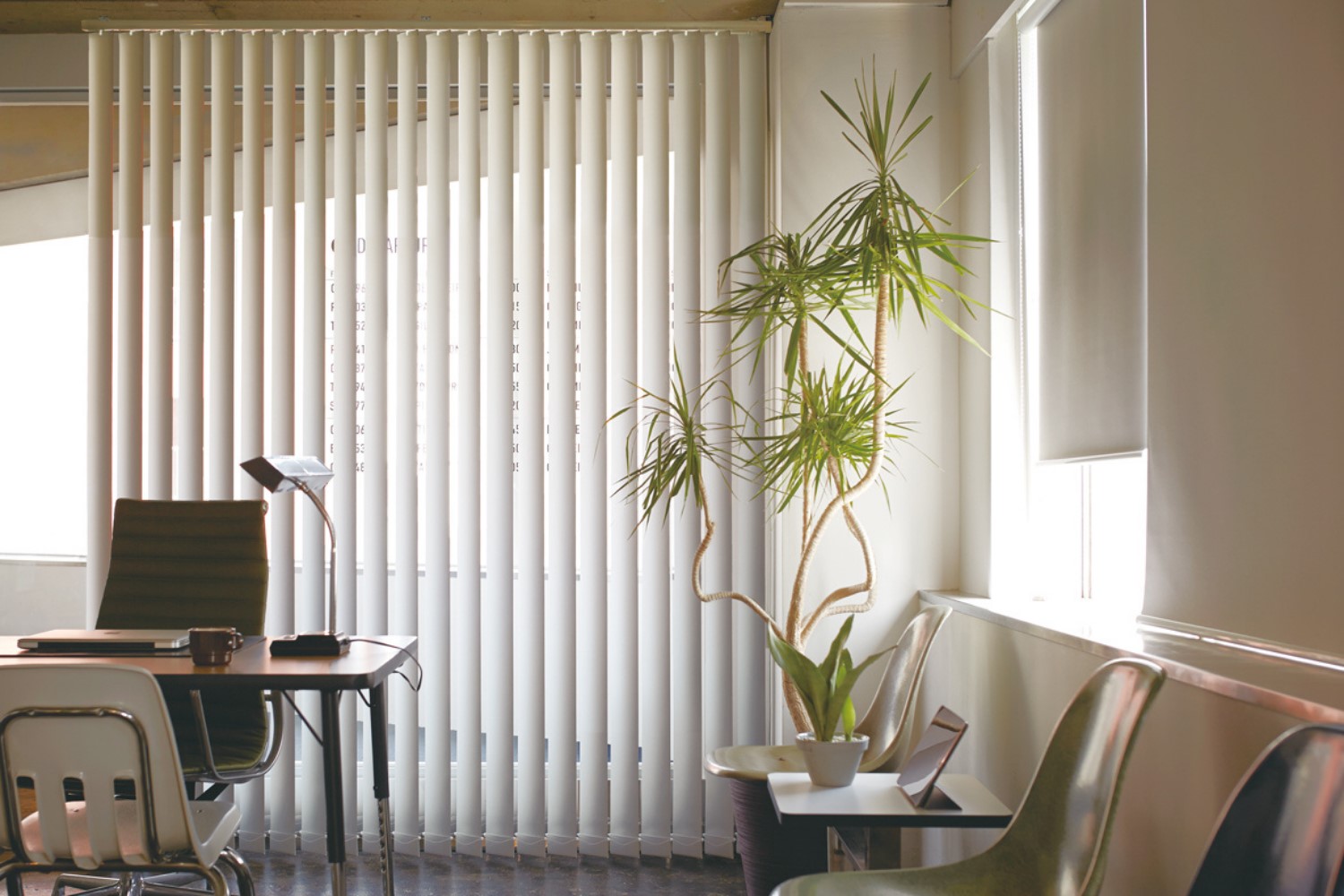

Articles
What Is Vertical Blinds
Modified: January 18, 2024
Looking for articles on what vertical blinds are? Get all the information you need about vertical blinds, including their benefits, styles, and installation process.
(Many of the links in this article redirect to a specific reviewed product. Your purchase of these products through affiliate links helps to generate commission for Storables.com, at no extra cost. Learn more)
Introduction
Vertical blinds are a popular window covering option that offers both functionality and style. These blinds are designed with individual slats that hang vertically from a headrail, allowing you to control the amount of light and privacy in a room. Whether you want to add a touch of elegance to your living space or enhance the functionality of your office, vertical blinds provide a versatile solution that can fit any decor style.
With their sleek and modern appearance, vertical blinds are a favorite choice for many homeowners and businesses. They are commonly used in living rooms, bedrooms, offices, and even in large sliding glass doors. The unique design of vertical blinds allows for easy adjustment of light and privacy levels, making them an ideal choice for spaces where flexibility is key.
In this article, we will explore the definition and benefits of vertical blinds, the different materials used in their construction, how they work, the installation process, as well as cleaning and maintenance tips. Additionally, we will discuss common issues that may arise with vertical blinds and provide solutions to help you keep them in optimal condition.
So whether you’re considering vertical blinds as a window treatment option or simply want to learn more about them, let’s dive in and discover what makes these blinds a popular choice in the world of interior design.
Key Takeaways:
- Vertical blinds offer versatile light and privacy control, energy efficiency, and durability, making them a popular and stylish window covering option for homes and businesses.
- Proper maintenance, prompt issue resolution, and careful installation are essential for maximizing the longevity and functionality of vertical blinds, ensuring they continue to enhance interior spaces effectively.
Read more: What To Use In Place Of Vertical Blinds
Definition of Vertical Blinds
Vertical blinds are window coverings consisting of individual slats that hang vertically from a headrail. These slats are typically made of fabric, vinyl, or aluminum and can be adjusted to control the amount of light and privacy in a room. Unlike horizontal blinds, which have slats that run horizontally, vertical blinds feature slats that hang vertically, providing a unique and modern look.
The slats of vertical blinds are connected to a headrail at the top, which allows for easy opening and closing of the blinds. The headrail can be operated manually or with the use of a control wand or cord. When the blinds are open, the slats can be stacked neatly to one side, allowing for maximum natural light and an unobstructed view. When closed, the slats provide privacy and block out excess light.
Vertical blinds are versatile and can be customized to fit a wide range of window sizes and shapes. They are commonly used in homes, offices, hotels, and other commercial spaces. They are especially popular for covering large windows, sliding glass doors, and patio doors due to their ability to span a wide opening.
One of the key advantages of vertical blinds is their ability to rotate. By twisting the control wand or cord, you can adjust the angle of the slats to control the amount of light entering the room. This allows for precise light control and glare reduction, creating a comfortable and visually appealing environment.
Vertical blinds come in a variety of colors, patterns, and textures, allowing you to choose a style that complements your existing decor or makes a statement. From classic neutrals to bold prints, there is a vertical blind option to suit every taste and design aesthetic.
In summary, vertical blinds are window coverings with vertically hanging slats that can be adjusted to control light and privacy. They offer versatility, style, and functionality, making them a popular choice for residential and commercial spaces alike.
Benefits of Vertical Blinds
Vertical blinds offer a host of benefits that make them a popular choice for homeowners and businesses alike. Here are some key advantages of choosing vertical blinds as your window covering option:
- Light Control: One of the main benefits of vertical blinds is their ability to control the amount of light entering a room. The slats can be easily adjusted to allow for full sunlight, partial sunlight, or complete blockage, depending on your preference. This not only helps to create a comfortable environment but also protects your furniture and belongings from harmful UV rays.
- Privacy: Vertical blinds offer excellent privacy control. When the slats are closed, they provide a barrier that prevents outsiders from seeing into your home or office. This is particularly important for rooms that face the street or have a direct line of sight from neighboring buildings.
- Energy Efficiency: Vertical blinds can contribute to energy efficiency in your space. During the hot summer months, closing the blinds can help to block out heat from the sun, reducing the need for excessive air conditioning. Similarly, in the winter, the blinds can help to insulate the room, preventing heat loss through the windows.
- Easy Maintenance: Vertical blinds are relatively easy to clean and maintain. Dust and debris can be easily wiped away with a cloth or vacuumed with a brush attachment. Most vertical blinds are also resistant to stains and discoloration, making them a practical choice for busy households and commercial spaces.
- Versatility: Vertical blinds are highly versatile and can be customized to fit a variety of window sizes and shapes. Whether you have standard-sized windows, floor-to-ceiling windows, or even irregularly shaped windows, vertical blinds can be tailored to meet your specific requirements.
- Enhanced Aesthetics: Vertical blinds come in a wide range of styles, colors, and materials, allowing you to enhance the aesthetics of your space. From sleek and modern to traditional and elegant, there is a vertical blind option to complement any interior design style.
- Privacy: Vertical blinds offer excellent privacy control. When the slats are closed, they provide a barrier that prevents outsiders from seeing into your home or office. This is particularly important for rooms that face the street or have a direct line of sight from neighboring buildings.
- Durability: Vertical blinds are typically made from durable materials such as vinyl, fabric, or aluminum. These materials are resistant to fading, warping, and cracking, ensuring that your blinds will stand the test of time and maintain their appearance for years to come.
Overall, vertical blinds offer a combination of practicality, style, and functionality. Whether you’re looking to control light and privacy, enhance energy efficiency, or add a touch of elegance to your space, vertical blinds are a versatile and reliable window covering option.
Different Materials Used for Vertical Blinds
Vertical blinds are available in various materials, each offering its own unique features and benefits. Here are some of the most common materials used for vertical blinds:
- Fabric: Fabric vertical blinds are a popular choice for those seeking a soft and elegant look. They are available in a wide range of colors, patterns, and textures, allowing you to customize the blinds to match your interior decor. Fabric blinds provide a warm and inviting ambiance to any room and can be paired with sheer or blackout curtains for added versatility.
- Vinyl/PVC: Vinyl or PVC vertical blinds are highly durable and resistant to moisture, making them an ideal choice for areas with high humidity, such as bathrooms and kitchens. They are also easy to clean, as the material can be wiped down with a damp cloth or sponge. Vinyl blinds come in a variety of colors and finishes, including faux wood grain, offering a sleek and modern appearance.
- Aluminum: Aluminum vertical blinds are known for their strength and longevity. They are resistant to rust and corrosion, making them suitable for both indoor and outdoor use. Aluminum blinds are often used in commercial spaces, as they provide a contemporary and professional look. They are available in a wide range of metallic finishes, including brushed, satin, and matte, allowing for customization to match any decor.
- Wood: Wood vertical blinds offer a touch of elegance and natural beauty to any space. They are typically made from high-quality hardwoods, such as oak, cherry, or mahogany, and can be stained or painted to match your interior style. Wood blinds provide excellent insulation, helping to regulate the temperature in the room. However, they require more maintenance than other materials and should be periodically resealed or refinished to protect against moisture and fading.
- Bamboo/Woven Grass: Bamboo or woven grass vertical blinds are a popular choice for those seeking an eco-friendly and organic look. These blinds are made from natural fibers, providing a textured and rustic appearance. Bamboo blinds are lightweight and offer excellent light filtering properties. They are also highly durable and resistant to warping.
- Screen/Fabric Slat Combo: Some vertical blinds combine both fabric and screen slats, offering the versatility of light control and privacy. These blinds allow for partial sunlight to enter the room while maintaining privacy. The combination of materials adds visual interest and depth to the blinds, making them a stylish and functional option.
When choosing the material for your vertical blinds, consider factors such as durability, maintenance requirements, light control, privacy, and the overall aesthetic you want to achieve. Each material offers its own set of advantages, allowing you to find the perfect vertical blinds to suit your needs and style preferences.
How Vertical Blinds Work
Vertical blinds operate on a simple and effective mechanism that allows you to control the amount of light and privacy in a room. Understanding how vertical blinds work can help you make the most of their functionality and enjoy their benefits to the fullest.
The key components of vertical blinds include the headrail, the slats, and the control mechanism. The headrail is the top part of the blinds that holds all the slats in place. It is usually made of sturdy materials like aluminum or steel and is designed to withstand the weight of the slats.
The slats are the individual vertical strips that hang from the headrail. They can be made of different materials, such as fabric, vinyl, or aluminum, and come in various widths and lengths. The slats are attached to the headrail through hooks or carriers, which allow them to freely rotate and move along the track.
The control mechanism allows you to open, close, and adjust the slats of the vertical blinds. There are typically two types of control mechanisms: corded and wand-controlled. Corded blinds have cords that are used to tilt the slats and move them along the track. By pulling on the cords, the slats can be opened or closed, and their angle can be adjusted to control the amount of light entering the room.
Wand-controlled blinds, on the other hand, have a wand that is attached to the headrail. By twisting or turning the wand, you can tilt the slats and move them along the track. Wand-controlled blinds are often preferred for their ease of use and safety features, as they eliminate the need for cords that can pose a risk, especially in homes with children or pets.
When the vertical blinds are open, the slats are drawn to one side of the window or door, stacking neatly together. This allows for maximum light to enter the room and provides an unobstructed view. When you want to block out light or create privacy, you can close the slats by pulling on the cords or twisting the wand. This causes the slats to overlap, forming a barrier that prevents light from passing through.
To adjust the amount of light and privacy, you can tilt the slats. By rotating the control wand or pulling on the cords, the slats can be angled to allow light to filter in while maintaining privacy. This feature is particularly useful during the daytime when you want to let in natural light but still block direct sunlight or outside views.
Overall, vertical blinds provide a versatile and effective solution for controlling light, privacy, and views in a room. With their adjustable slats and easy-to-use control mechanisms, they offer customization and convenience, making them a popular choice for both residential and commercial spaces.
When measuring for vertical blinds, always measure the width at the top, middle, and bottom of the window to account for any variations in the window frame. This will ensure a perfect fit for your blinds.
Read more: How To Cut Vertical Blinds
Installation Process of Vertical Blinds
Installing vertical blinds can be a straightforward process if you follow the necessary steps and have the right tools. Here is a general guide on how to install vertical blinds:
- Measure Your Window: Start by measuring the width and height of your window or door where you plan to install the blinds. Use a tape measure to ensure accurate measurements.
- Choose Inside or Outside Mount: Decide whether you want to mount the blinds inside the window frame or outside the frame. Inside mounts create a seamless and flush look, while outside mounts cover the entire window frame and provide more coverage.
- Order the Correct Size: Based on your measurements and mount preference, order the vertical blinds in the appropriate size. Make sure to consider any obstructions, such as handles or trim, when determining the width of the blinds.
- Gather the Necessary Tools: Before starting the installation, gather the necessary tools, which typically include a drill, screwdriver, level, pencil, and measuring tape.
- Prepare the Window: If you are doing an inside mount, make sure the window frame is clean and free from any dust or debris. If you are doing an outside mount, measure and mark the desired location for the brackets on the wall or trim.
- Install the Brackets: Using a drill and screws, install the brackets provided with the vertical blinds. Follow the manufacturer’s instructions for the specific placement and spacing of the brackets. Use a level to ensure they are straight and aligned.
- Attach the Headrail: Once the brackets are secured, attach the headrail of the vertical blinds to the brackets. Slide the headrail into the bracket clips or snap it into place, depending on the design of the blinds.
- Mount the Control Mechanism: If your blinds have a control cord, mount it to the wall or window frame at an accessible height. If the blinds have a control wand, simply attach it to the headrail.
- Test the Blinds: After installation, test the vertical blinds to ensure they operate smoothly. Open and close the blinds, as well as adjust the slats, to make sure everything is functioning properly.
It’s important to note that these steps provide a general overview of the installation process. It’s recommended to follow the specific instructions provided by the manufacturer of your vertical blinds, as the installation process may vary depending on the brand and design.
If you are unsure or uncomfortable with the installation process, it’s always a good idea to consult a professional or seek assistance from a knowledgeable individual. Proper installation ensures the functionality and longevity of your vertical blinds, allowing you to enjoy their benefits for years to come.
Cleaning and Maintenance of Vertical Blinds
Proper cleaning and maintenance of vertical blinds are essential to keep them looking fresh and functioning smoothly. Regular care can help prolong their lifespan and preserve their appearance. Here are some tips for cleaning and maintaining your vertical blinds:
- Dust Regularly: Dusting your vertical blinds should be part of your regular cleaning routine. Use a soft cloth, feather duster, or vacuum cleaner with a brush attachment to remove dust from the slats. Start from the top and work your way down, making sure to clean both sides of the slats.
- Spot Clean Stains: For fabric or vinyl blinds, spot clean any stains or marks using a mild detergent and a soft cloth or sponge. Gently dab the affected area and avoid scrubbing, as it may damage the material or cause the stain to spread. Always test the cleaning solution on a small, inconspicuous area first to ensure it doesn’t cause any discoloration.
- Deep Clean as Needed: Depending on the material, you may need to deep clean your vertical blinds occasionally. Fabric blinds can often be hand washed or machine washed on a gentle cycle, following the manufacturer’s instructions. Vinyl or aluminum blinds can be wiped down with a damp cloth and mild soapy water. Make sure to rinse thoroughly and allow the blinds to dry completely before rehanging them.
- Prevent Damage: Take precautions to prevent damage to your vertical blinds. Avoid excessive force when operating the control mechanisms, as it can cause the slats to become misaligned or break. Be gentle when opening, closing, or adjusting the slats to ensure smooth operation. If you have pets, train them to avoid scratching or pawing at the blinds, as this can cause damage or bending of the slats.
- Avoid Exposure to Moisture: Moisture can be detrimental to certain types of vertical blinds, particularly wooden or fabric blinds. Avoid installing these blinds in areas prone to high humidity, such as bathrooms or kitchens, where they may be exposed to excessive moisture. If your blinds do get wet, make sure to dry them thoroughly to prevent mold or mildew growth.
- Inspect for Damage: Regularly inspect your vertical blinds for any signs of damage, such as broken or bent slats, loose brackets, or malfunctioning control mechanisms. Address any issues promptly to prevent further damage or potential accidents. If the blinds are beyond repair, consider replacing the damaged components or contacting a professional for assistance.
- Follow Manufacturer’s Instructions: Always refer to the manufacturer’s instructions for specific cleaning and maintenance guidelines for your vertical blinds. Different materials may have different care requirements, so it’s important to follow the recommended methods to avoid damaging the blinds.
By incorporating these cleaning and maintenance practices into your routine, you can ensure that your vertical blinds remain in excellent condition and continue to enhance the functionality and aesthetics of your space.
Common Issues with Vertical Blinds
While vertical blinds are a durable and versatile window covering option, they can encounter some common issues over time. Being aware of these issues and understanding how to address them can help you maintain the functionality and appearance of your vertical blinds. Here are some common issues you may encounter:
- Slats Becoming Misaligned: One of the most common issues with vertical blinds is slats becoming misaligned. This can happen due to rough handling, heavy usage, or mechanical issues. To fix this, gently realign the slats by hand or use a tool like a credit card to ensure they are evenly spaced and hanging straight.
- Slats Not Rotating Properly: If the slats of your vertical blinds are not rotating properly, it may be due to a problem with the control mechanism. Clean any dust or debris that may be obstructing the rotation and lubricate the mechanism if necessary. If the issue persists, it may be a mechanical problem that requires professional repair or replacement.
- Issues with Cord or Wand: Corded blinds can experience issues with the cords, such as tangling, fraying, or becoming stuck. If you encounter any of these problems, inspect the cords and replace them if necessary. For wand-controlled blinds, make sure the wand is securely attached to the headrail and check for any signs of damage or malfunction.
- Broken or Bent Slats: Over time, slats may become damaged, bent, or broken due to excessive force, accidents, or wear and tear. If the slats are made of fabric or vinyl, they can often be replaced individually. For aluminum or hard materials, consider replacing the entire set of slats. Contact the manufacturer or a professional for guidance on finding the appropriate replacements.
- Loose Brackets: Over time, the brackets that hold the headrail in place may become loose, causing the blinds to sag or fall. Tighten the screws or bolts on the brackets to secure them to the wall or window frame. If the brackets are damaged or unable to be tightened, replace them with new ones to ensure proper support for the blinds.
- Motor or Control Mechanism Failure: Some vertical blinds feature motorized or automated control mechanisms. If you experience issues with the motor or control system, such as slow or incomplete operation, check the power source, batteries, or wiring connections. If the problem persists, consult the manufacturer or contact a professional for repair or replacement.
- Discoloration or Fading: Depending on the material, vertical blinds may be susceptible to discoloration or fading over time, especially if exposed to direct sunlight. Prevent this issue by using blinds with UV protection, applying window film to reduce UV rays, or using curtains or blinds when not in use. If discoloration occurs, consider replacing the affected slats or entire blinds to restore their appearance.
If you encounter any of these issues and are unsure how to resolve them, it is recommended to consult the manufacturer’s instructions or seek professional assistance. Proper maintenance and prompt addressing of issues can help extend the lifespan of your vertical blinds and ensure they continue to function effectively.
Conclusion
Vertical blinds offer a versatile and stylish solution for controlling light, privacy, and views in both residential and commercial spaces. With their adjustable slats and easy-to-use control mechanisms, they provide functionality and customization options to suit individual needs and preferences.
From their modern and sleek appearance to the wide range of materials and colors available, vertical blinds offer numerous benefits for homeowners and businesses. Their ability to control light, provide privacy, and enhance energy efficiency make them a popular choice among interior designers and property owners.
However, it is important to properly maintain and care for vertical blinds to ensure their longevity. Regular dusting, spot cleaning, and occasional deep cleaning can help keep them looking fresh and in optimal condition. Additionally, addressing common issues such as misaligned slats or broken components promptly can prevent further damage and maintain their functionality.
When installing vertical blinds, careful measurement and consideration of mount style are essential to achieve the desired look and fit. Following the manufacturer’s instructions and using the correct tools ensure a successful installation process.
In conclusion, vertical blinds offer a practical and stylish window covering solution. Their ability to control light and privacy, their versatility, and their wide range of materials and designs make them an attractive choice for any space. By properly maintaining and caring for them, you can enjoy their benefits for years to come, creating a comfortable and visually appealing environment in your home or office.
Frequently Asked Questions about What Is Vertical Blinds
Was this page helpful?
At Storables.com, we guarantee accurate and reliable information. Our content, validated by Expert Board Contributors, is crafted following stringent Editorial Policies. We're committed to providing you with well-researched, expert-backed insights for all your informational needs.
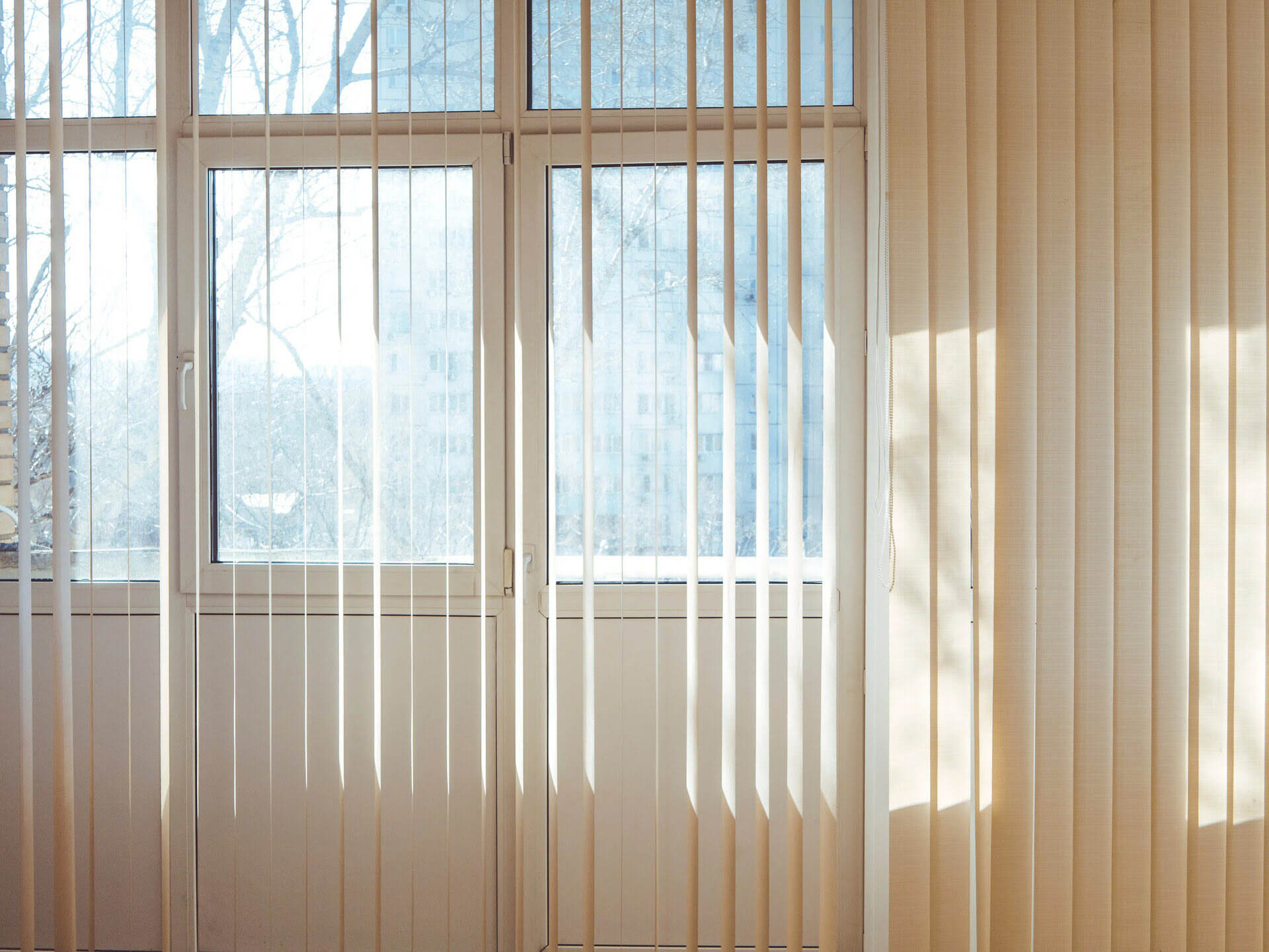
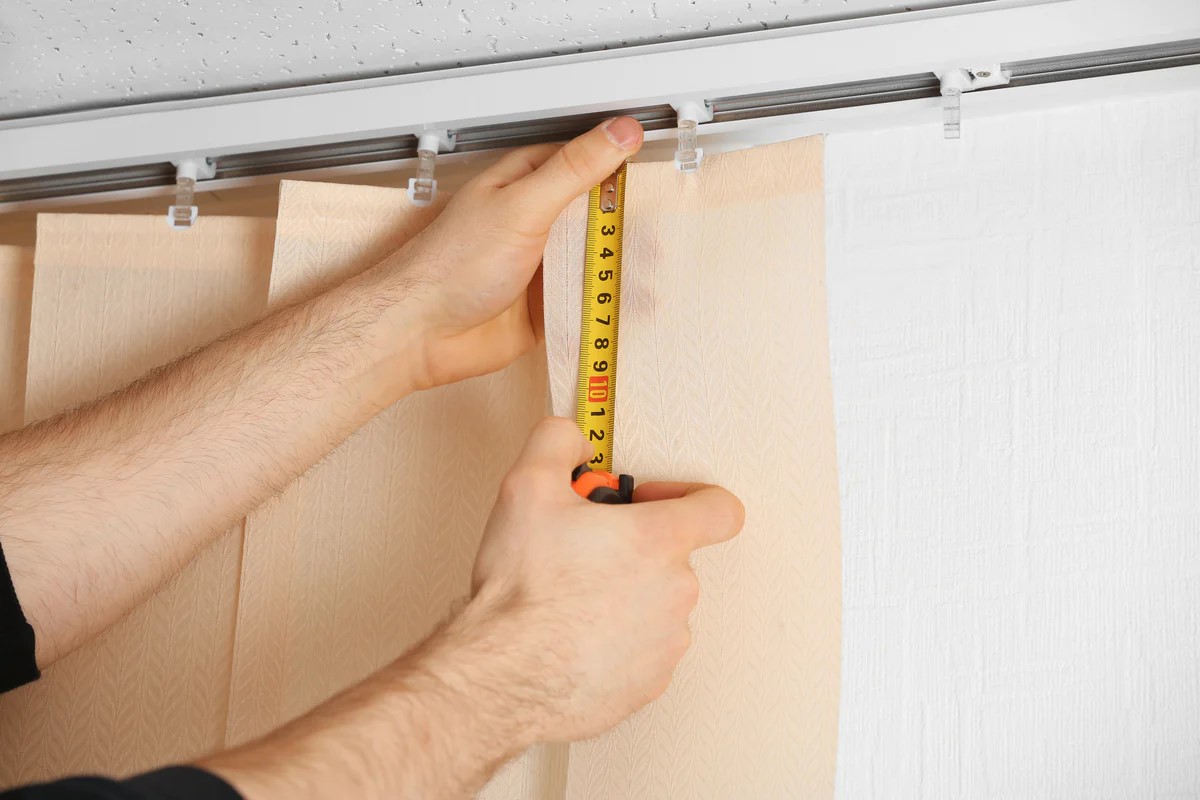
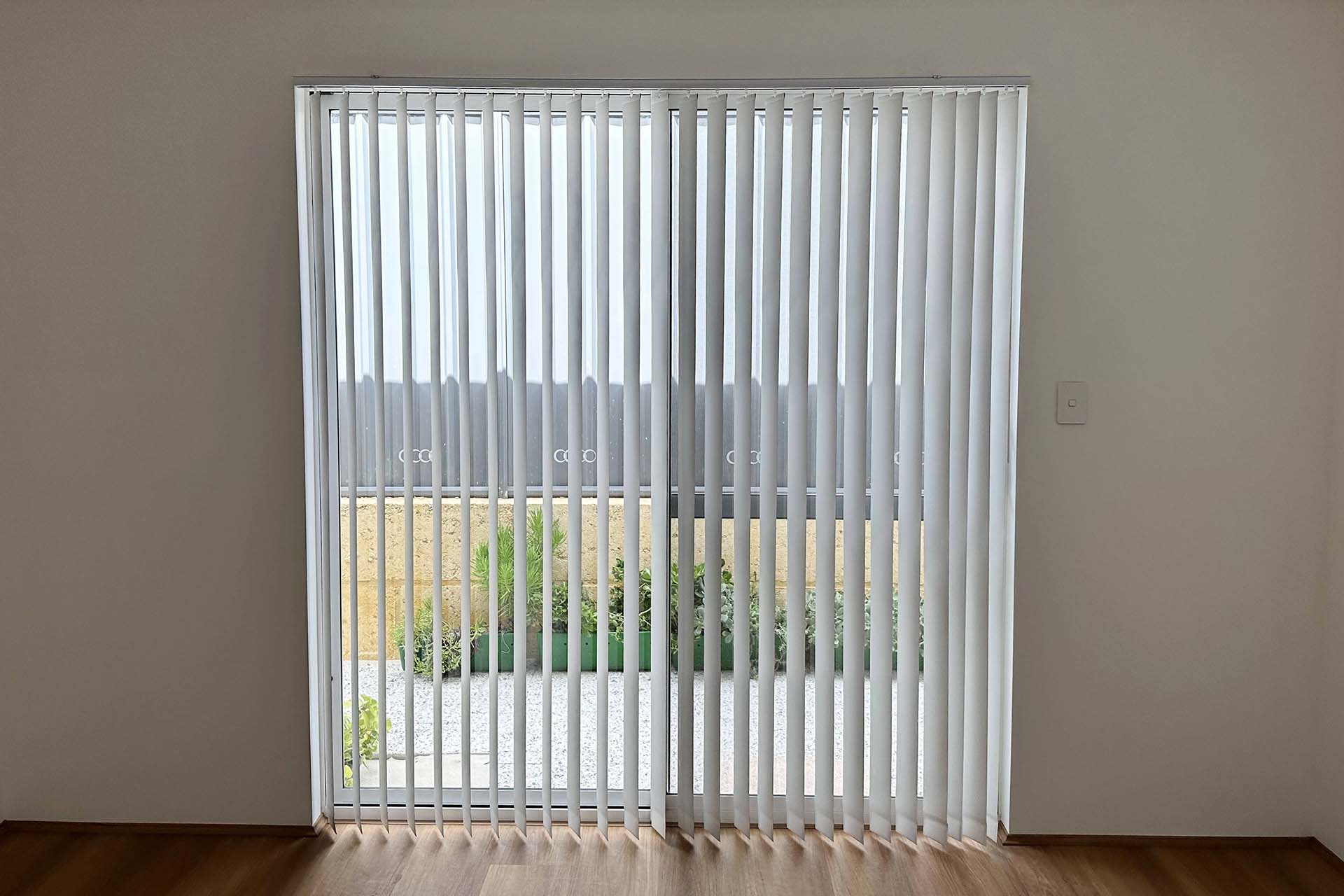
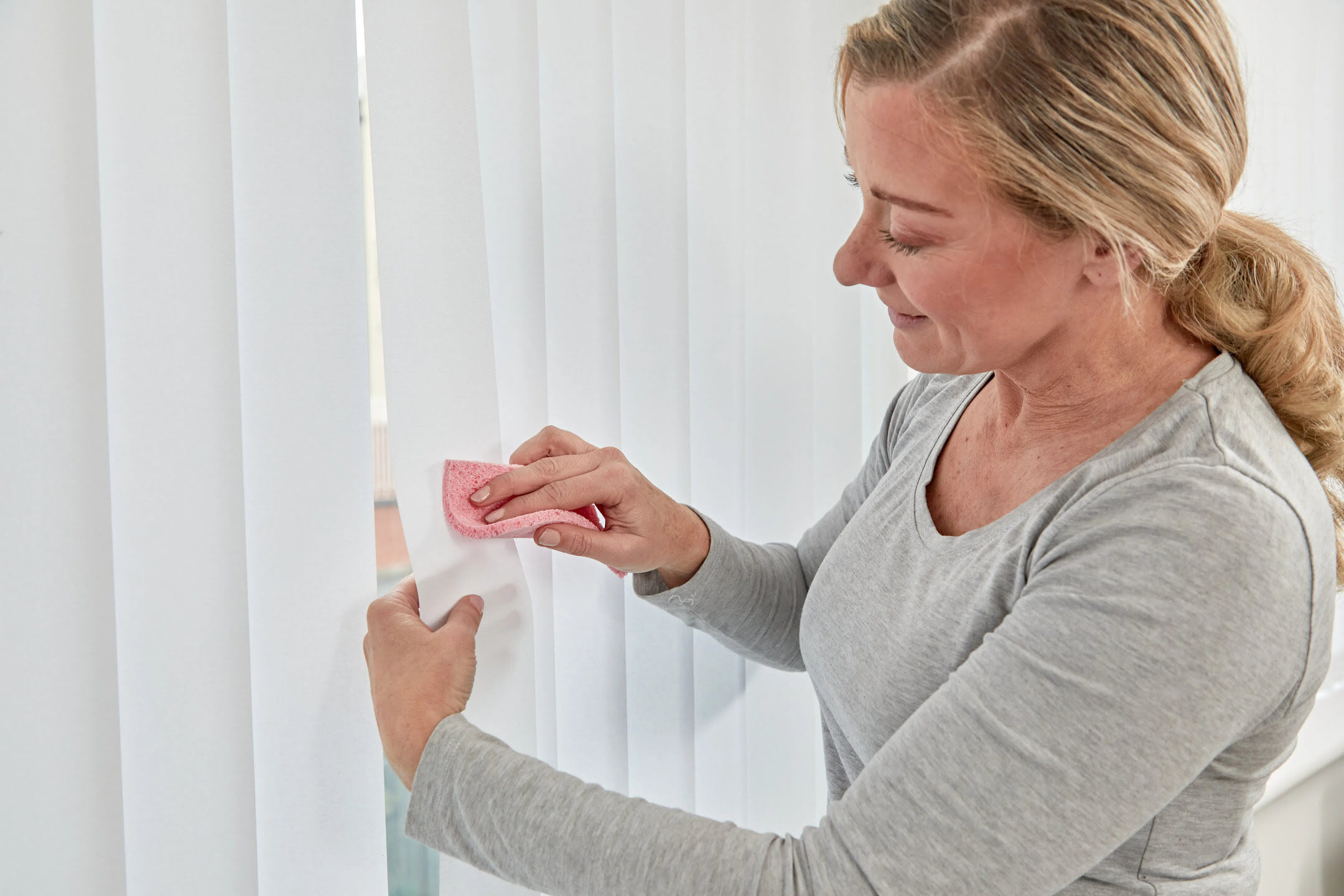
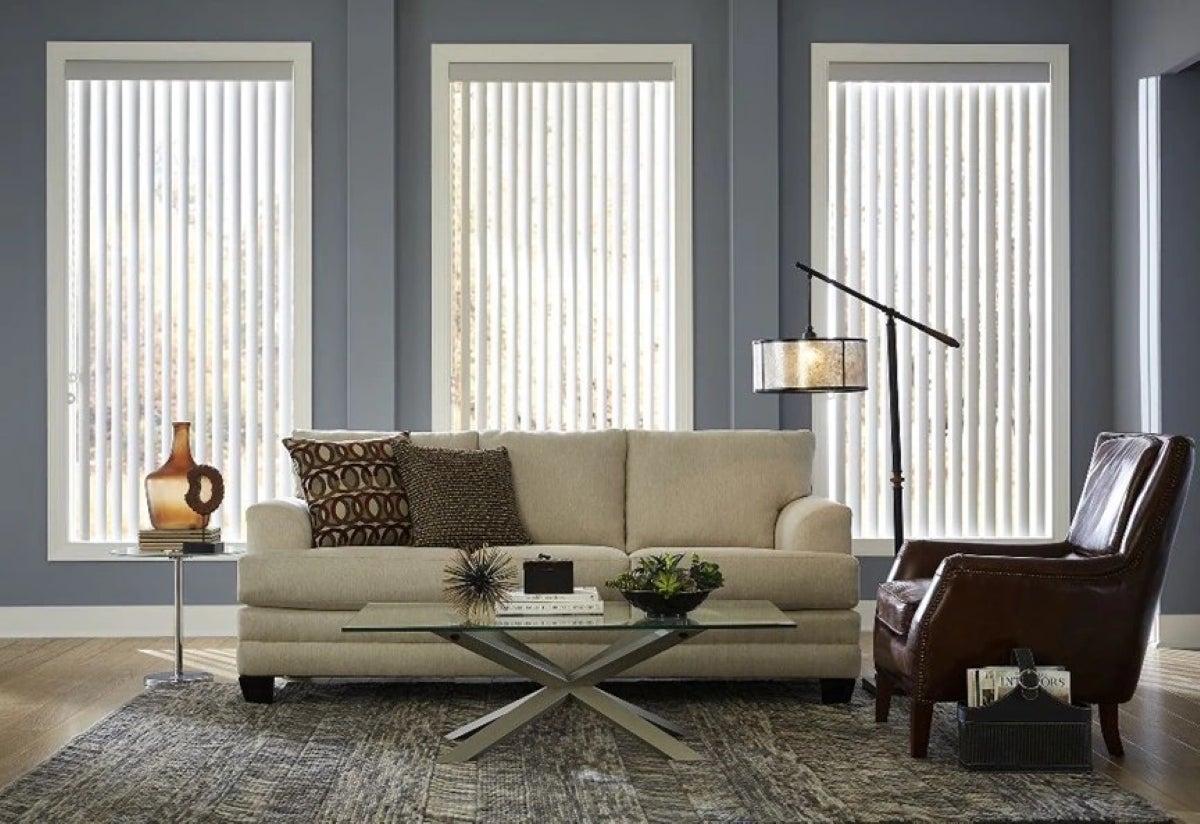
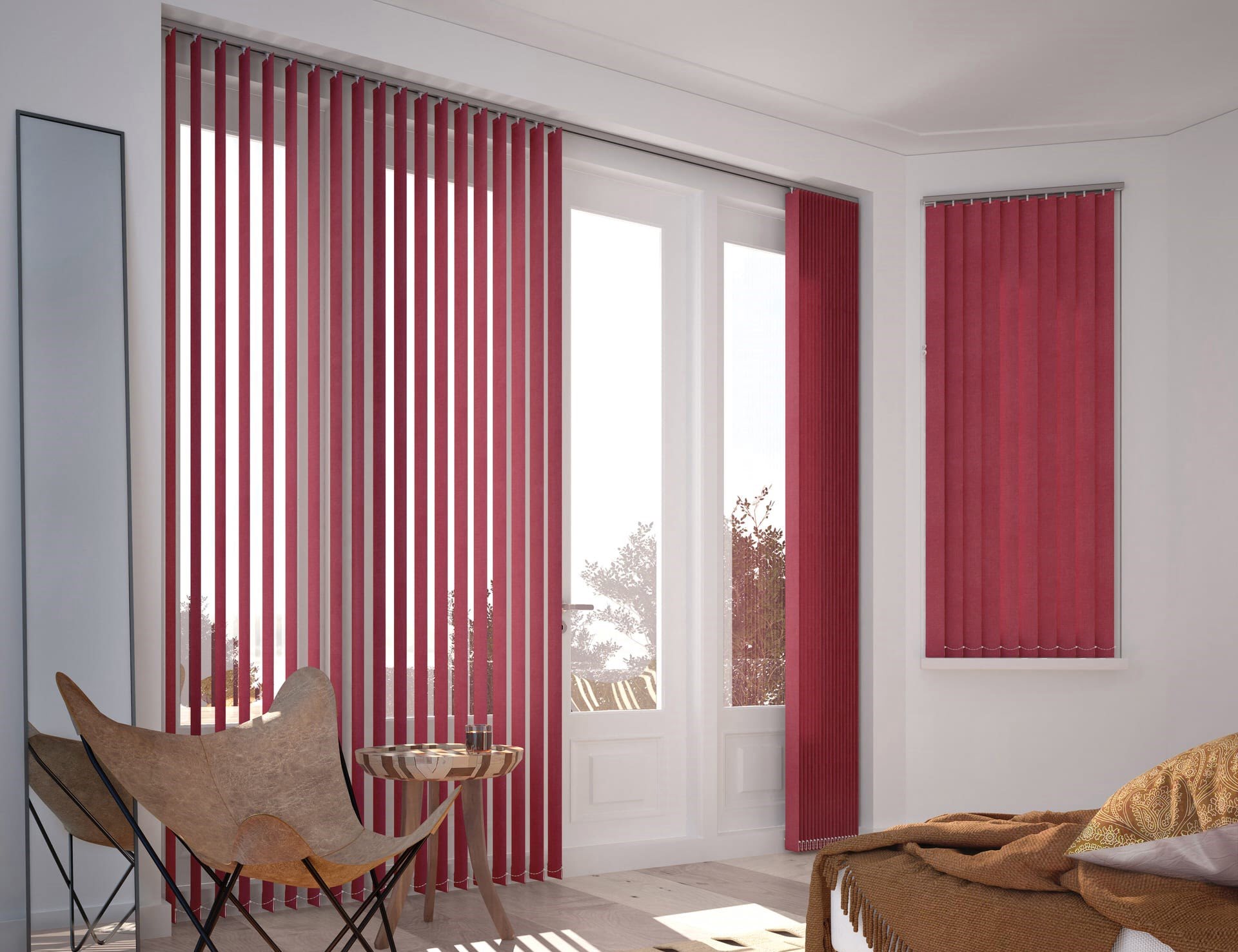
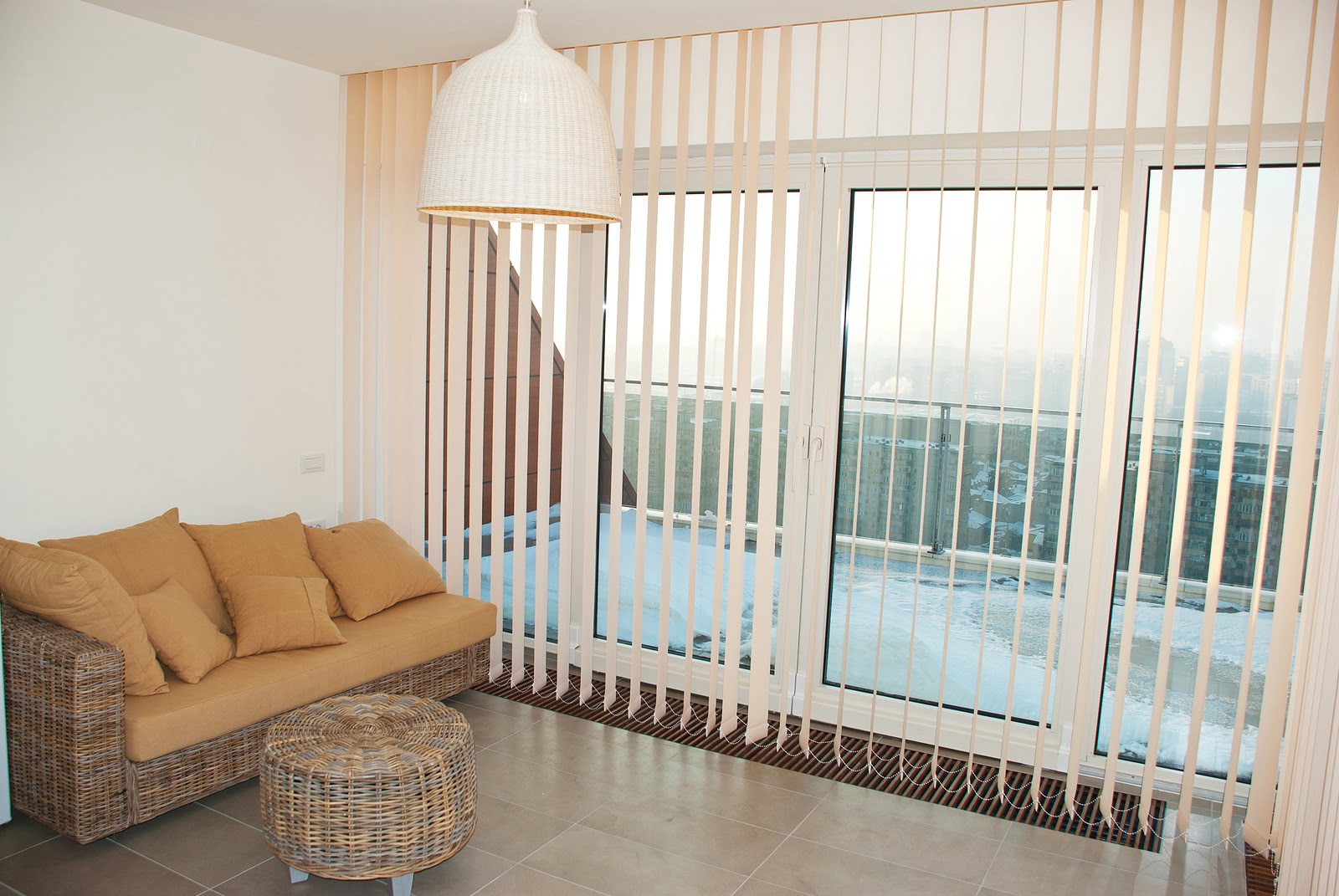
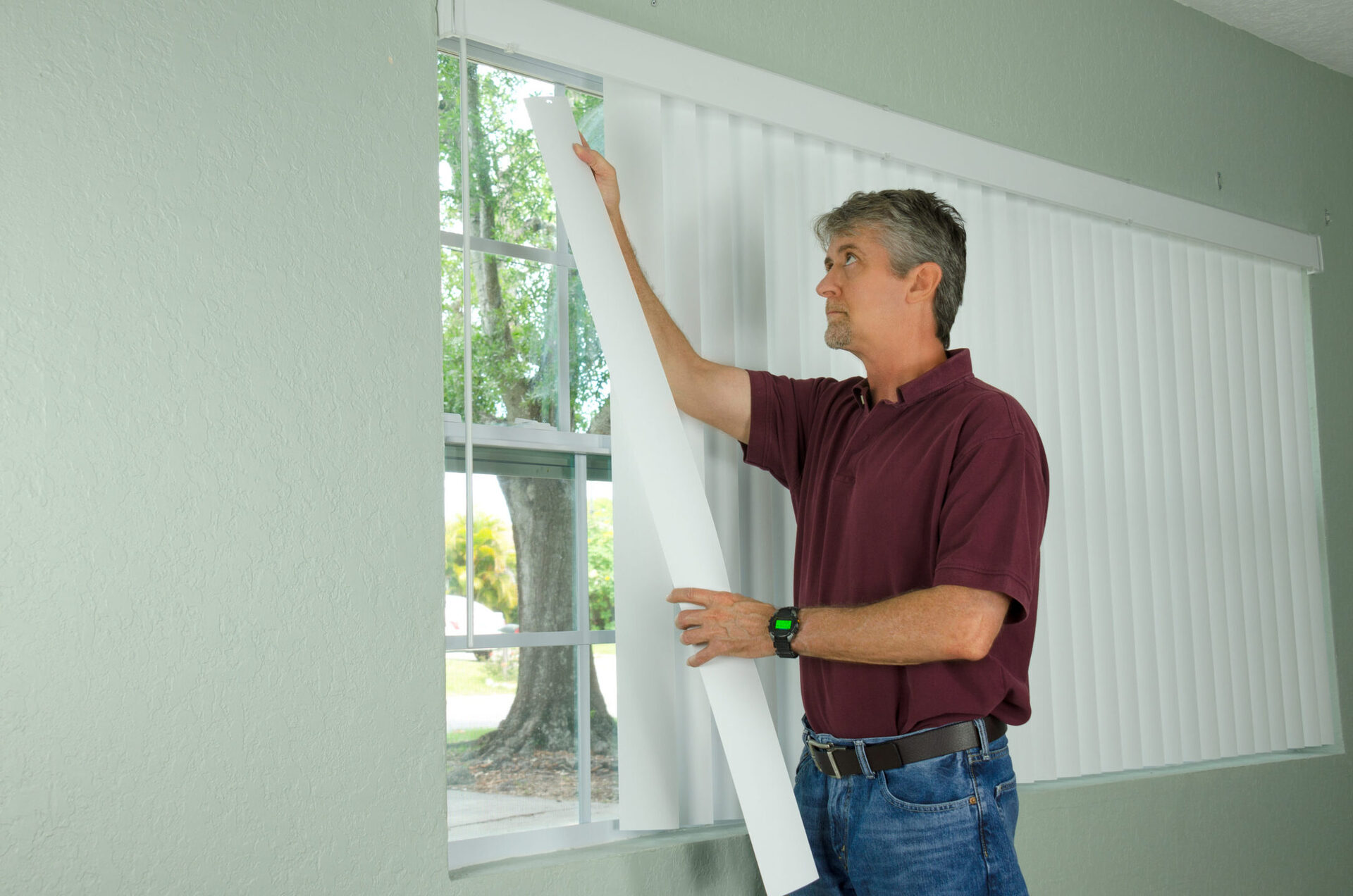
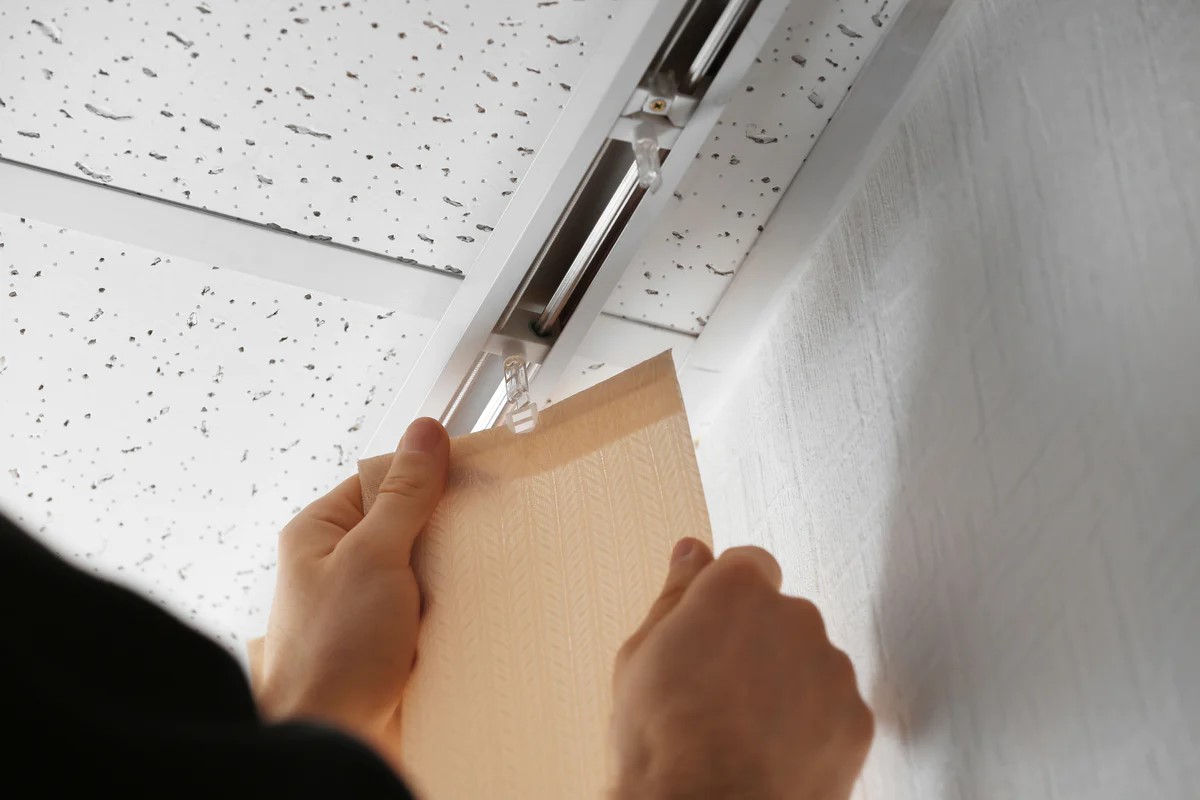
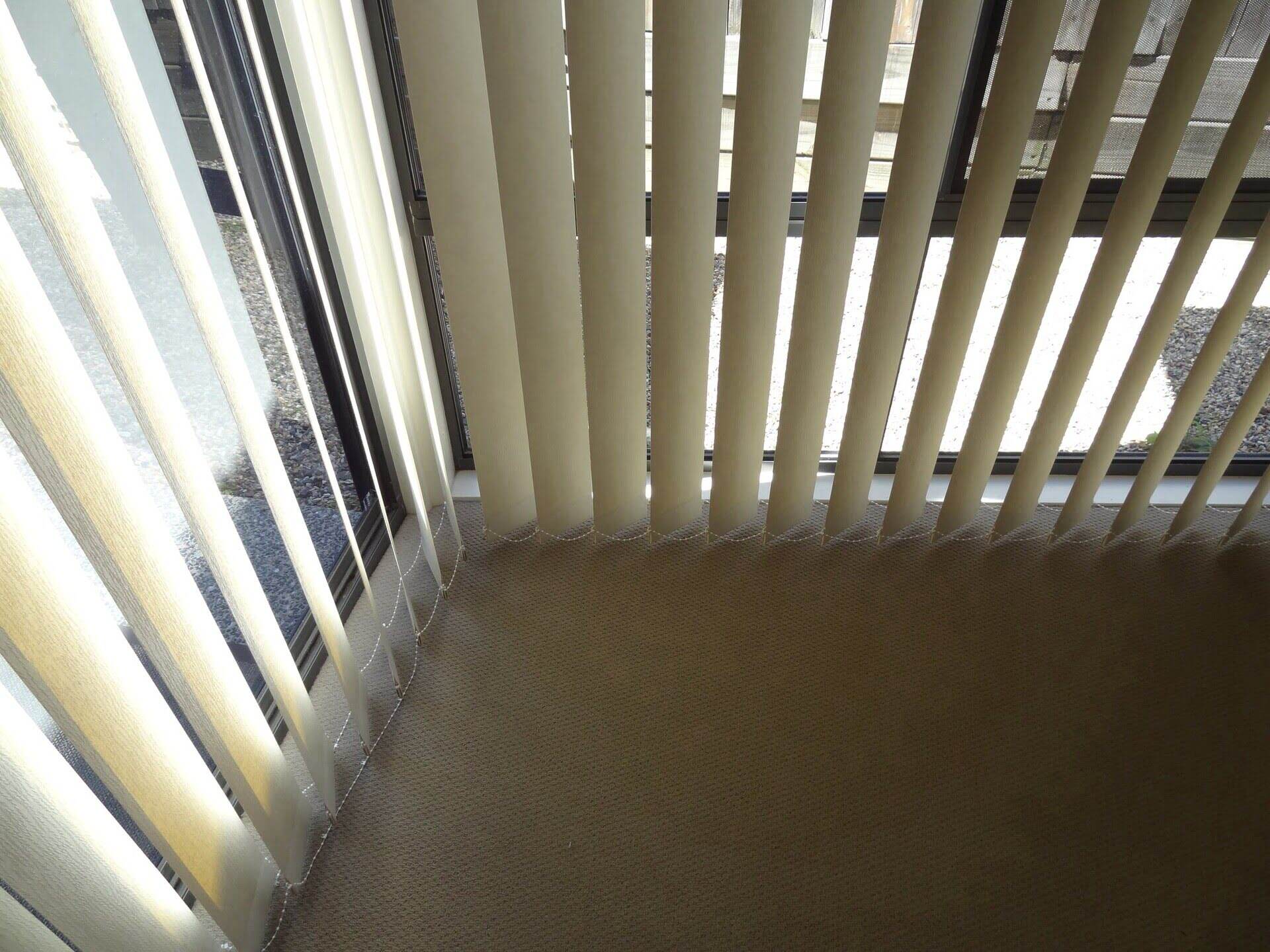
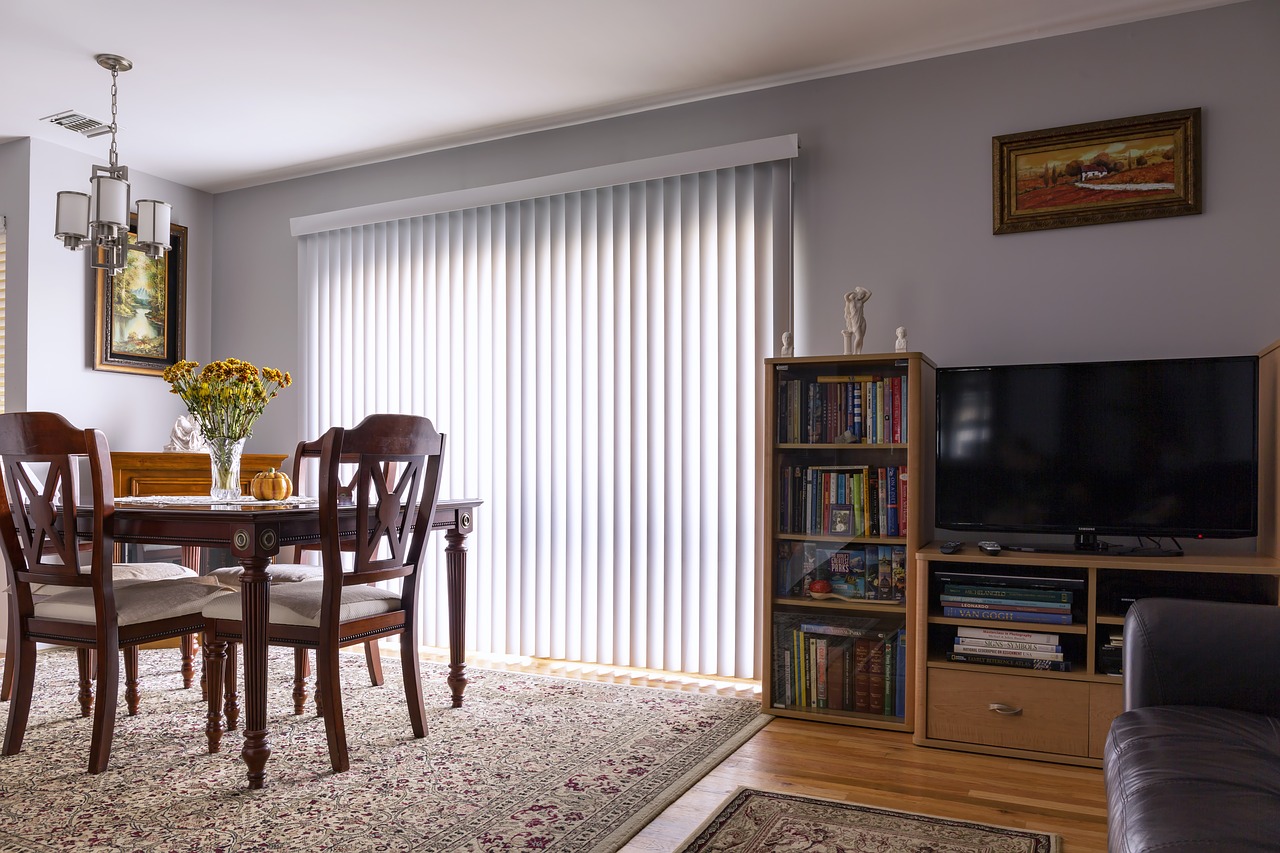
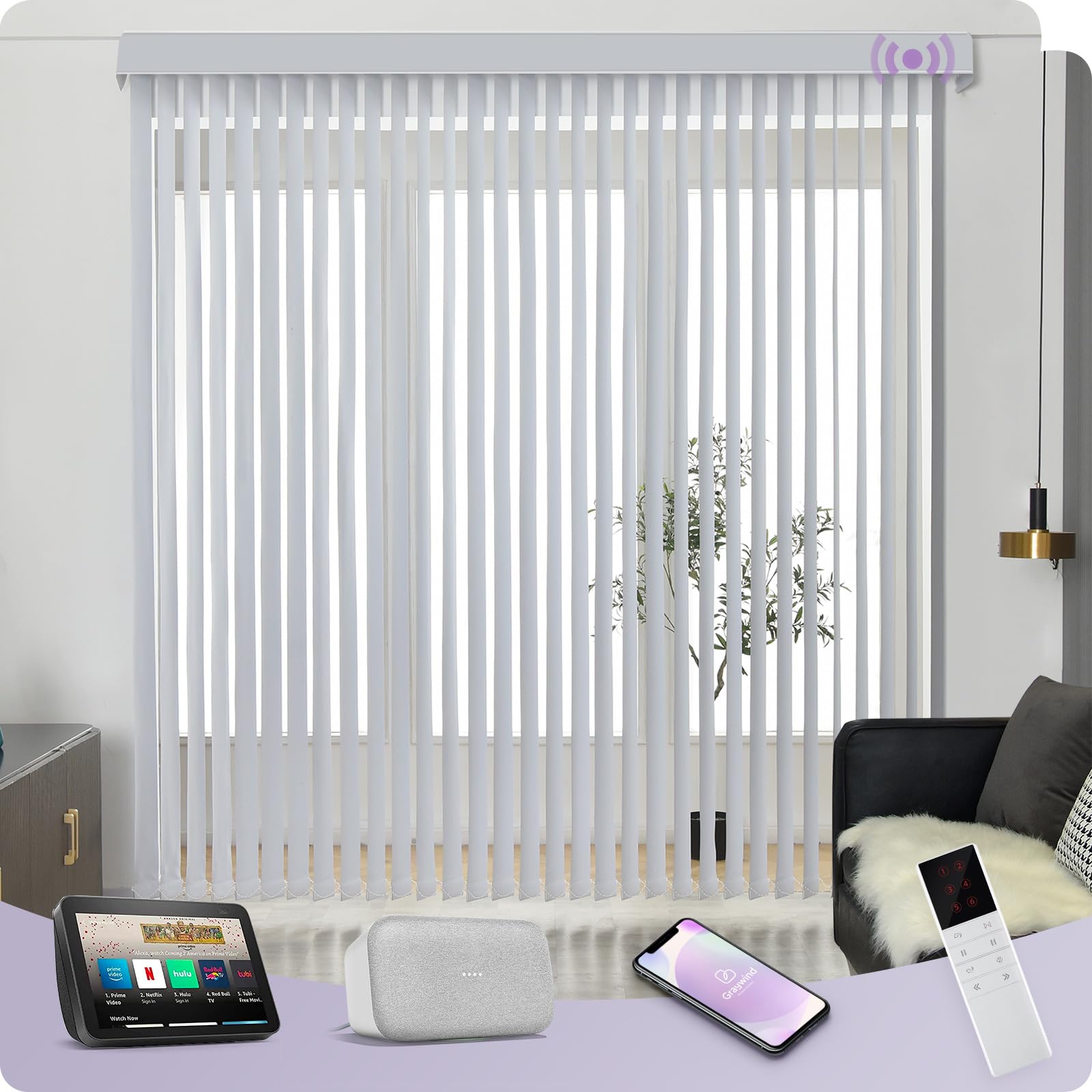
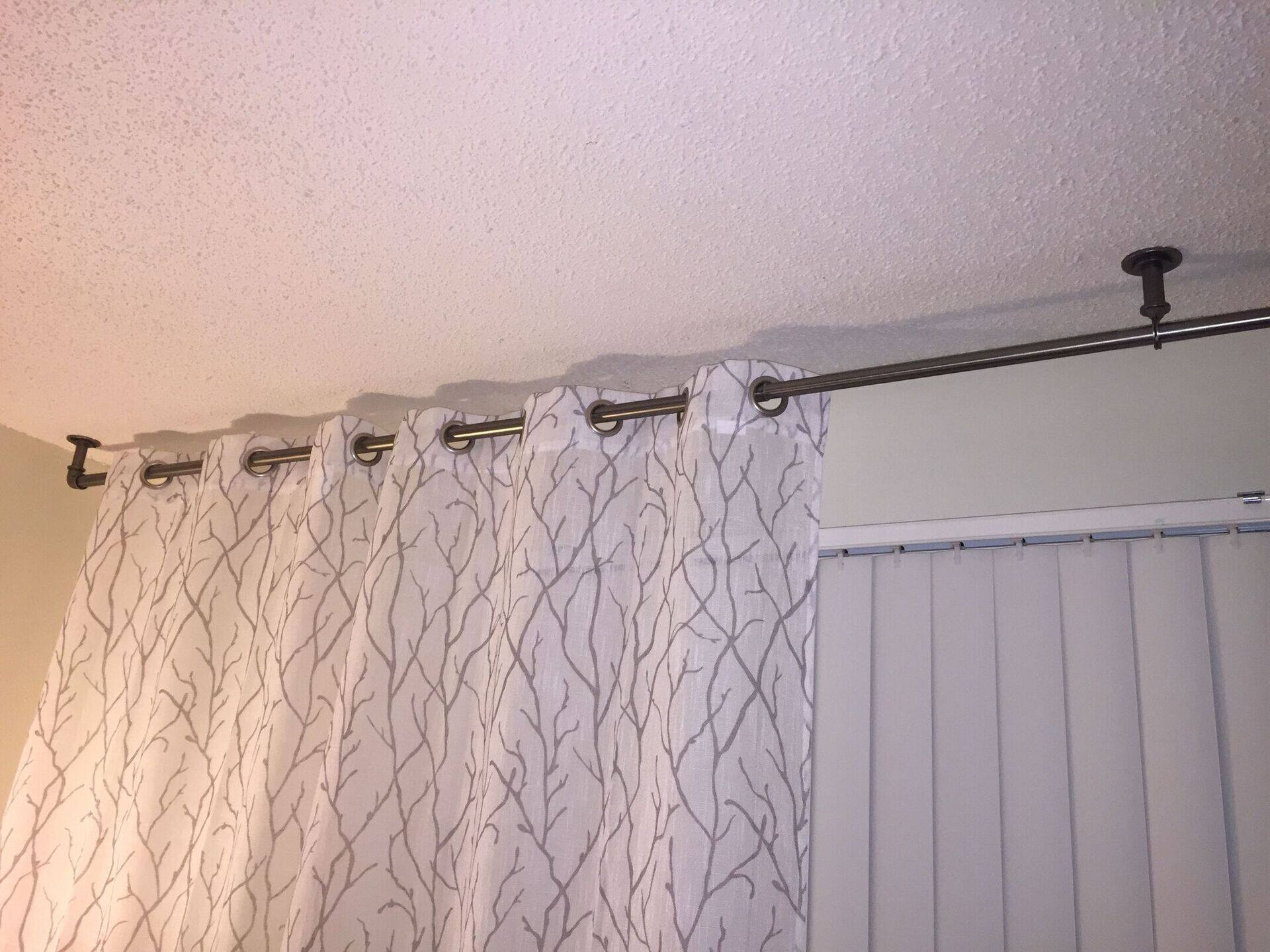
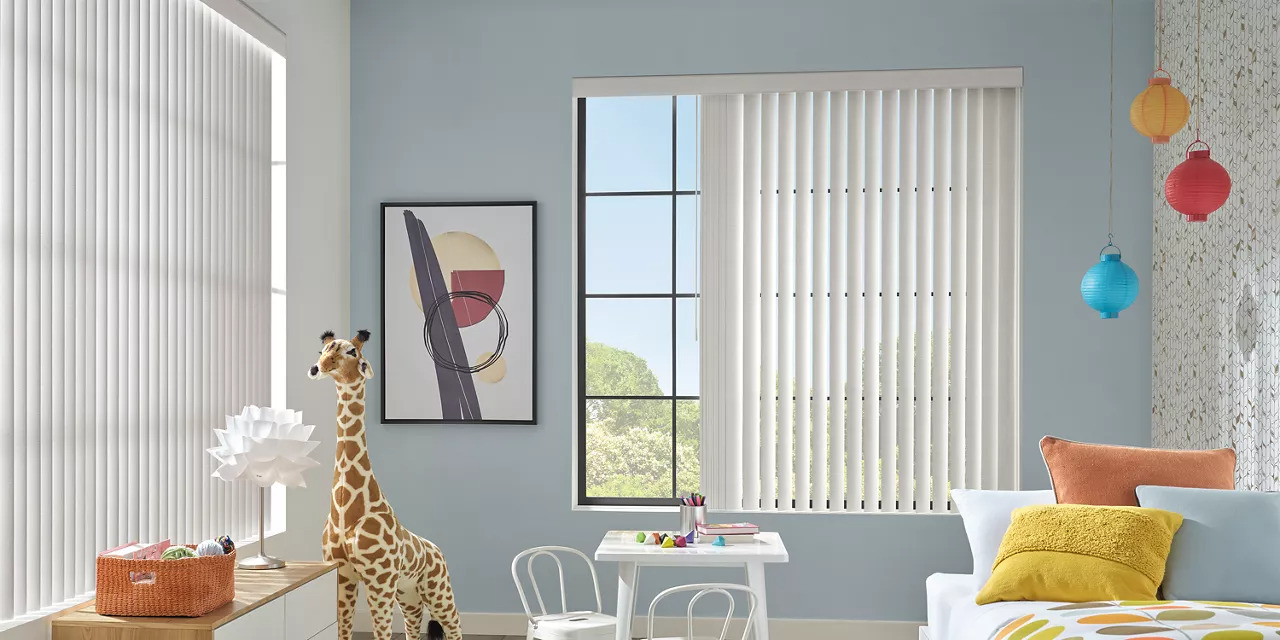

0 thoughts on “What Is Vertical Blinds”